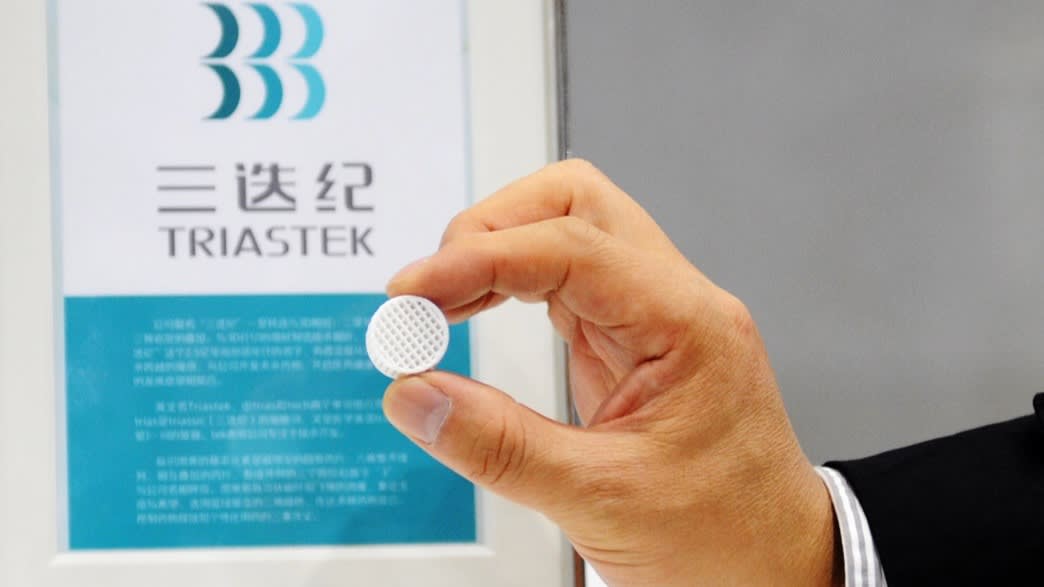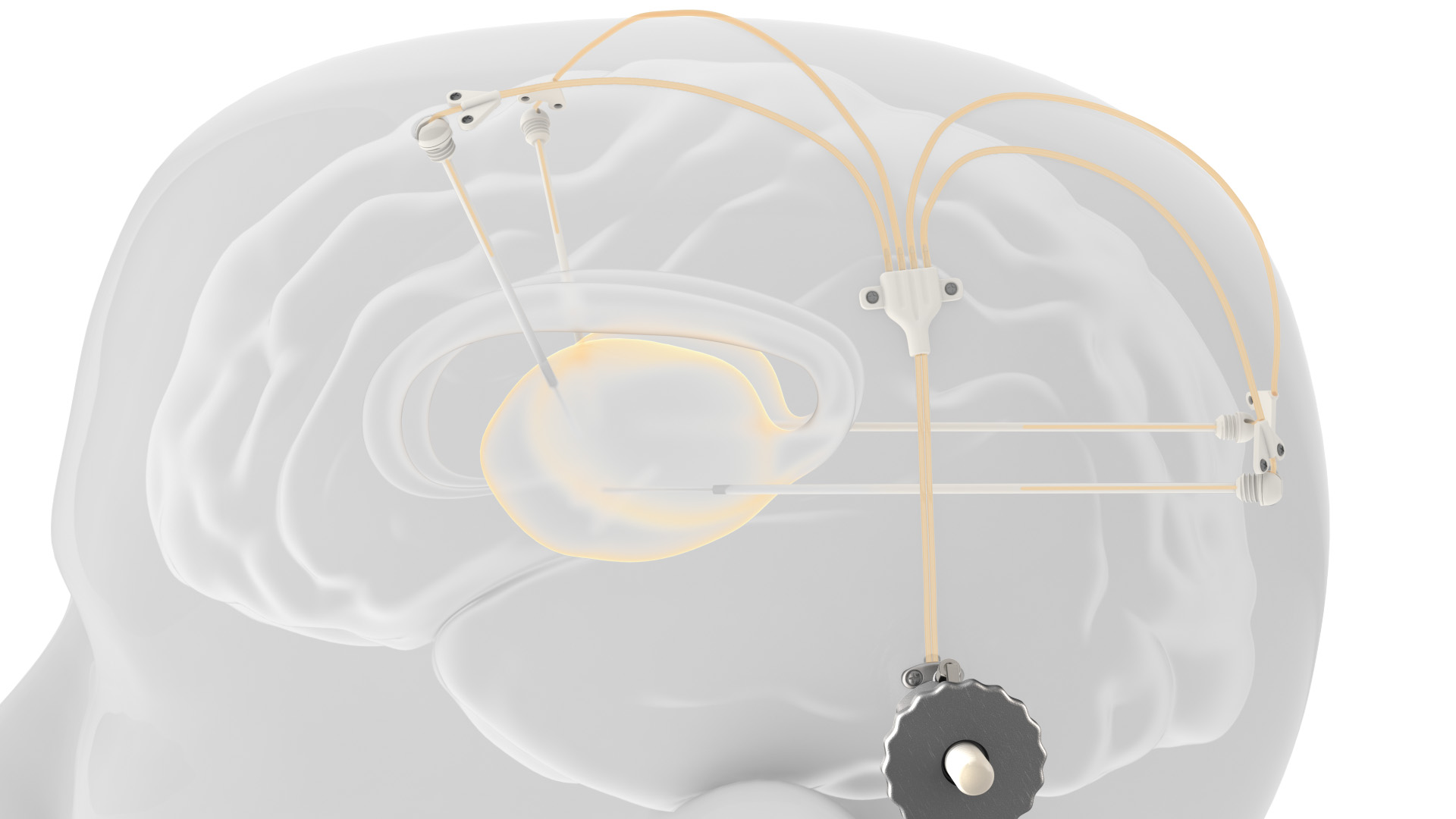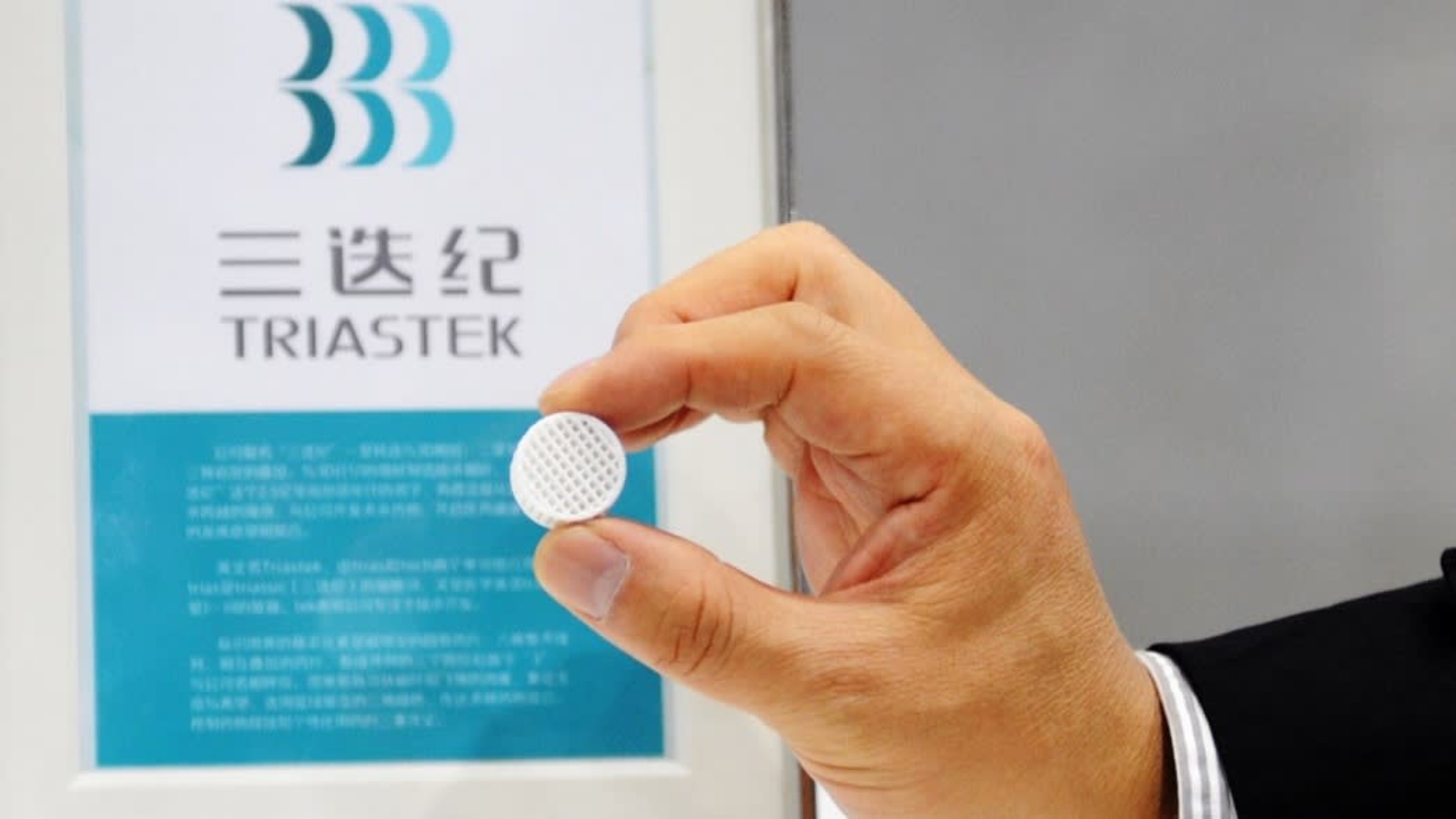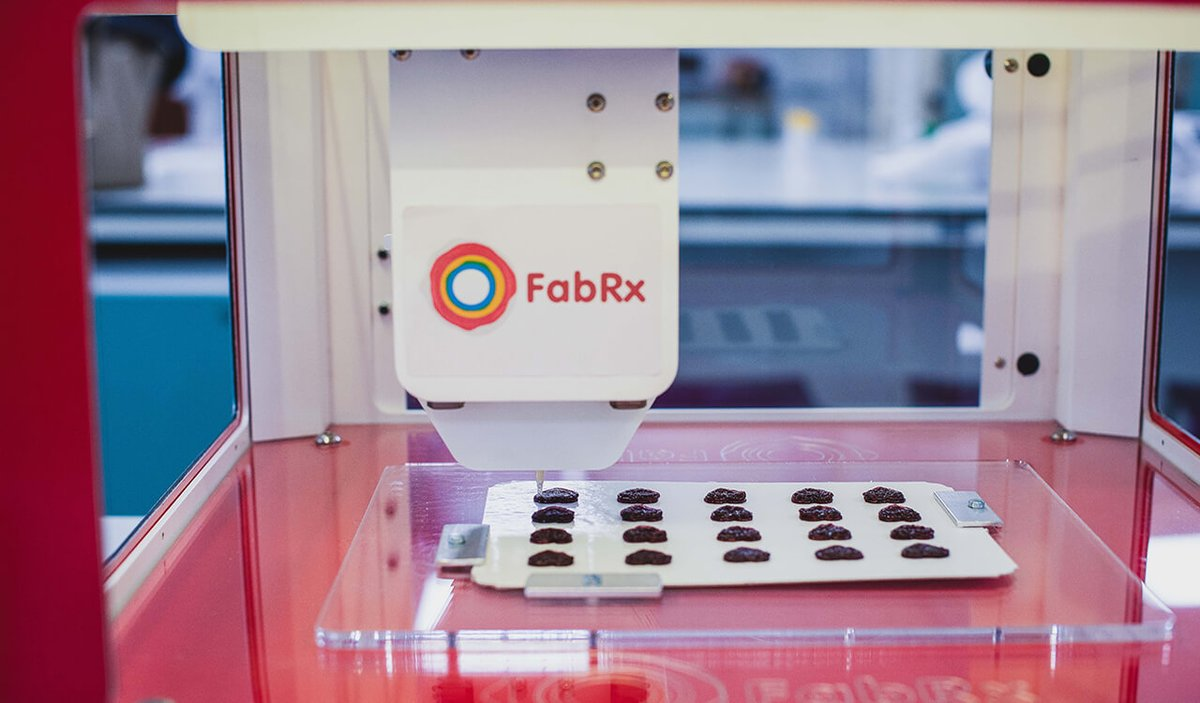Chinese 3D printing technology startup Triastek has raised $15 million in Series A funding to accelerate the research and development of its 3D printed drugs.
The funding round was led by fund management company Dalton Venture, while other co-investors included Shangahi Tofflon Science, Technology Chairman Zheng Xiaodong, and Yunqi Partners.
Reportedly, Triastek will use the funds for the research and development of its 3D printed medicines alongside registration applications in China and the US, and in the construction of a large-scale production line.

Triastek’s 3D printing technology
Established in July 2015, Triastek develops 3D printed medicines and the production facilities to manufacture them, and has already filed patent applications for its technology in Japan and the US. The firm is now intending to establish a new drug platform that utilizes 3D printing technology to design and mass-produce medicines.
Triastek’s trademarked melt extrusion deposition (MED) 3D printing technology mixes and deposits materials to produce solid drugs with the capability for mass production. Through MED, Triastek can control the placement, timing, and speed of the deposition of drug components. The technology also enables the reduction of side effects by altering and combining the release of various components of the printed drug.
According to Triastek, its patented 3DFbD formulation design method also enhances the efficiency and success rate of its drug development.
Triastek’s 3D printed products
Triastek intends to deploy its 3D printing technology to provide offerings across three product areas. The first encompasses “blockbuster drugs”, which refers to popular drugs that generate annual sales of at least $1 billion for the company that sells it. The second category is orphan drugs, a pharmaceutical agent developed to treat medical conditions which, because they are so rare, would not be profitable to produce without government assistance. Thirdly, Triastek also produces drug delivery systems, which involves the engineering of technologies for the targeted delivery or controlled release of therapeutic agents.
The company’s first product is a drug for rheumatoid arthritis, for which it plans to submit an investigational new drug (IND) application to the US Food and Drug Administration (FDA). Next year, Triastek will also apply for a clinical trial of the drug to China’s National Medical Products Administration.
Triastek is reportedly set to apply to the FDA for a pre-IND meeting regarding its second and third release products, however, the firm has not provided a timeline for when this may occur.

Standards and patents
Manufacturing on Demand
In April, Triastek became the first Chinese pharmaceutical firm to have its 3D printing technology chosen by the FDA for an emerging technology project. A few months later, the firm was invited by the US Pharmacopeial Convention to participate in the compilation standards for future drug production using 3D printers.
To date, Triastek has filed a total of 108 patent applications spanning 18 patent families, in global drug markets such as China, the US, Europe, and Japan. The firm submitted the patent applications for its formulation design, formulation equipment, and 3D printing drug development method.
Looking ahead, Triastek aims to partner with various pharmaceutical and biotechnology companies to develop new materials and medicines suitable for use with its 3D printing technology.
3D printed medicines
In the field of 3D printed pharmaceuticals, the sizes and geometries of drug delivery devices can be modified to control their release and dosage profiles, and enable personalized medication for individual patients. In the past couple of years alone there have been several innovations in this area.
In 2019, 3D printed pharmaceuticals firm FabRx developed personalized medicine for children with the rare metabolic disorder, maple syrup urine disease (MSUD), while Canadian 3D bioprinting technology company Aspect Biosystems collaborated with global pharmaceutical firms Merck and GSK in a project seeking to find new treatments for cancer utilizing 3D bioprinting technology. In March this year, Merck announced plans to work with EOS Group company AMCM to develop and produce 3D printed tablets.
There have also been several research developments in the 3D printed medicine sector. Researchers from the University of Punjab Mirpur University of Science and Technology, Bahaudin Zakaria University, and Lahore College for Women University, optimized the controllable dosage of antibiotic tablets using 3D printing, while elsewhere researchers from Greece and Italy explored the use of semi-solid extrusion 3D printing as a coating technology for customizing the release rate of drugs for patient-specific delivery.
There have also been steps taken in 3D printed medical devices, where researchers developed a 3D printed device with a triggerable and remotely controllable system for on-demand drug delivery, using an integrated macroscale magnetic field. Additionally, researchers from Zhejiang University and De Montfort University 3D printed a multi-layer drug delivery device capable of delivering more than one drug to different parts of the gastrointestinal system.

* This article is reprinted from 3D Printing Industry. If you are involved in infringement, please contact us to delete it.
Author: Hayley Everett



Leave A Comment